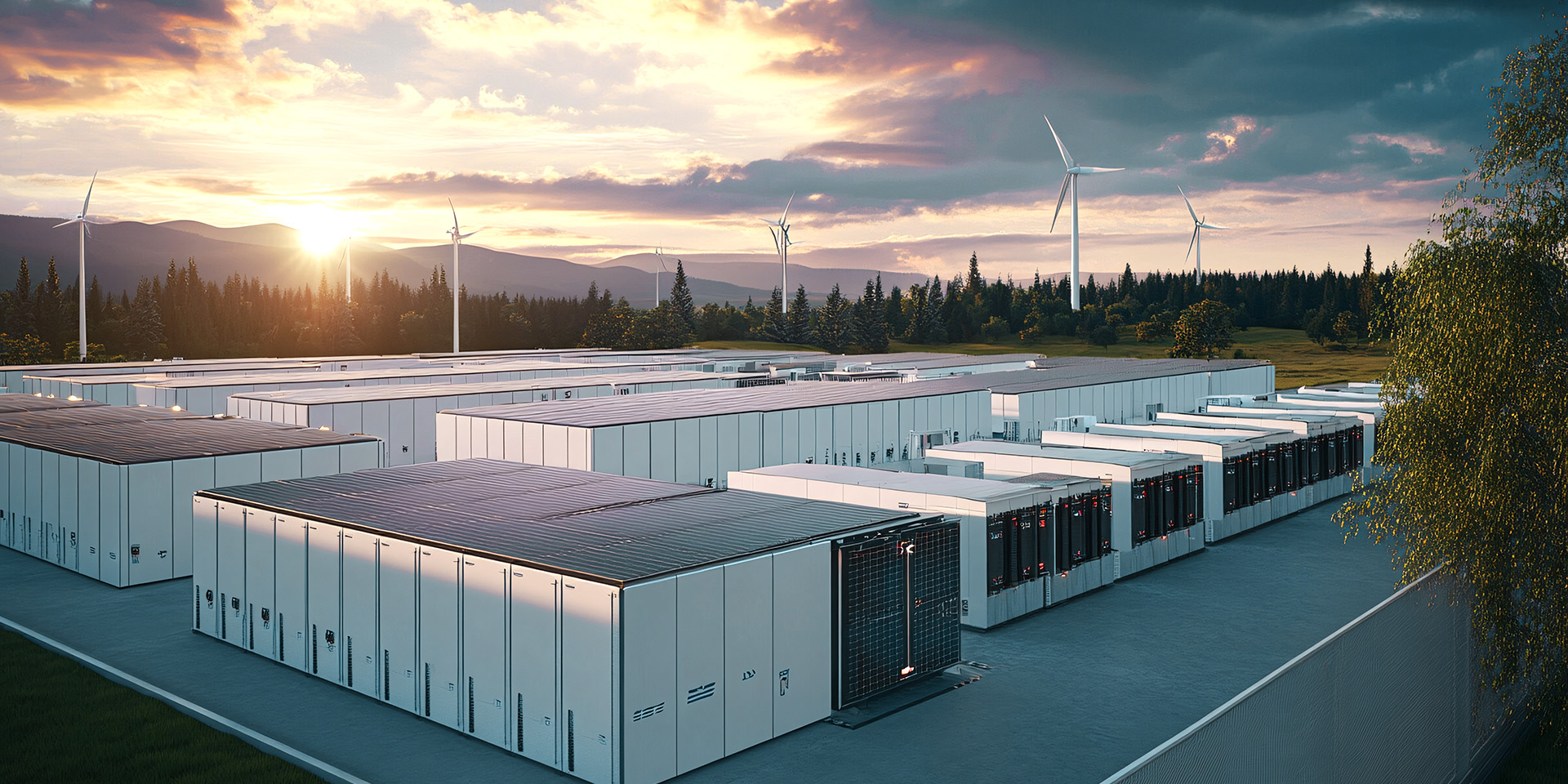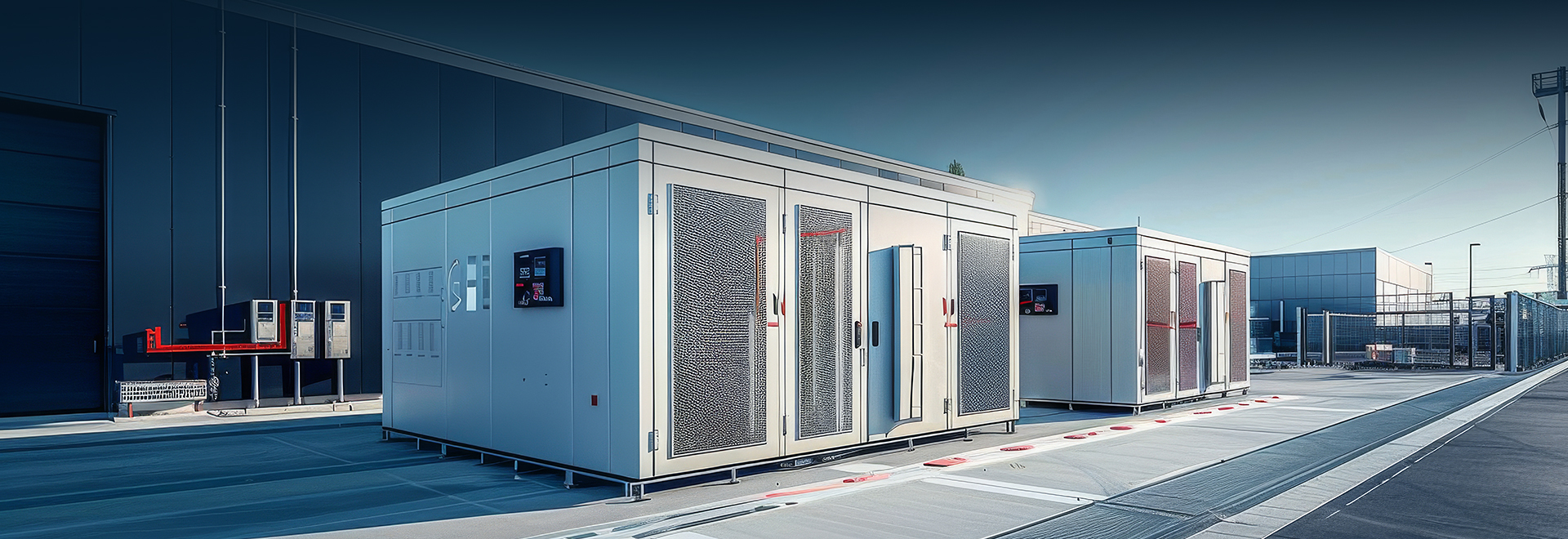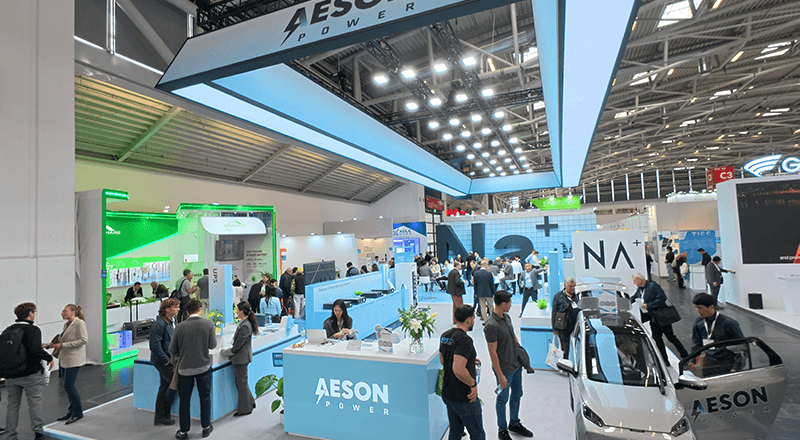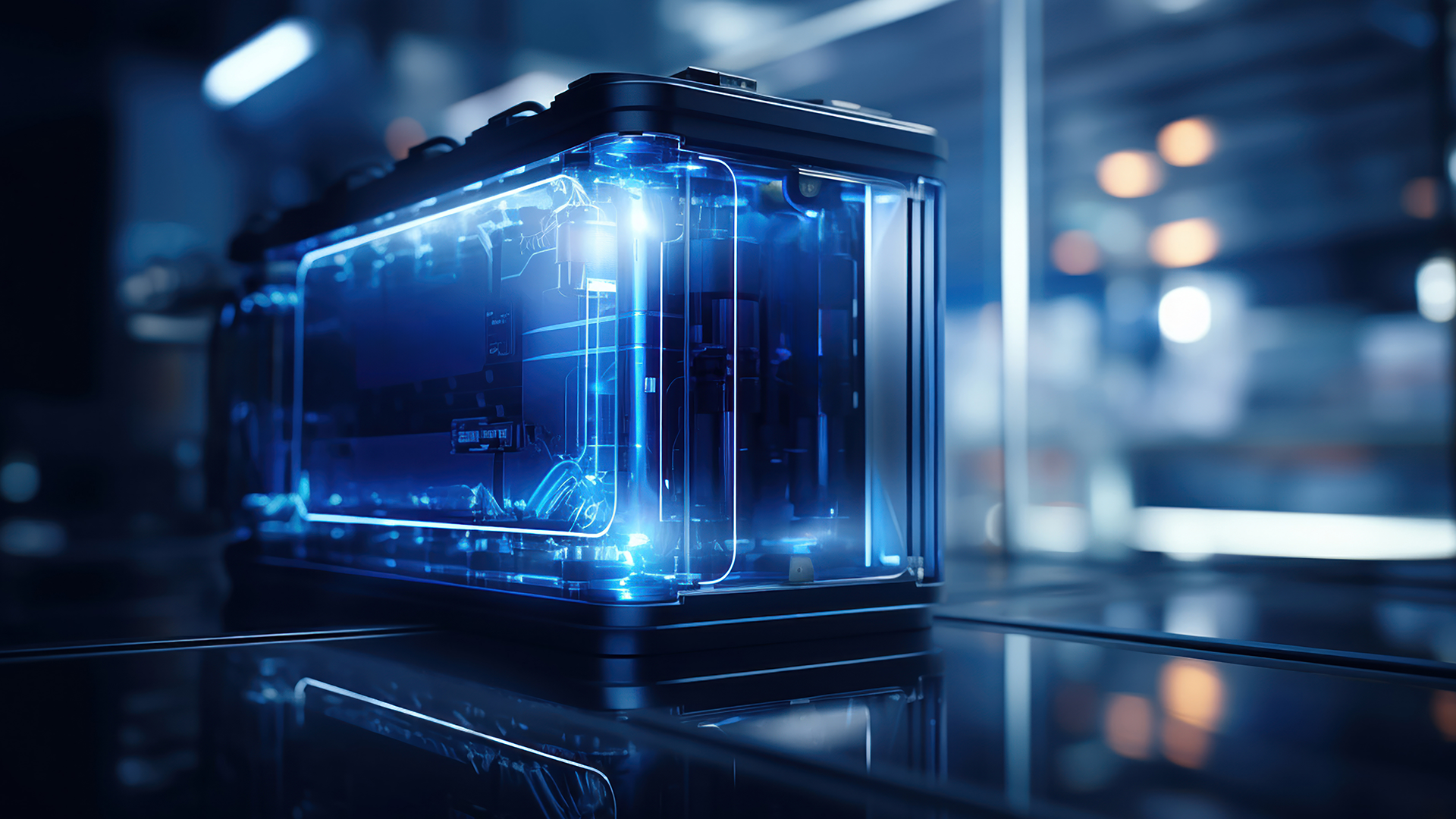Battery innovation in renewable energy has become a significant force driving sustainable development. Among these innovations, sodium-ion batteries, as a new technology with enormous potential, have been receiving increasing attention in recent years. With abundant raw materials, lower costs, and excellent overall performance, sodium-ion batteries have emerged as strong competitors to lithium-ion and lead-acid batteries.
Currently, there are three typical technological paths for sodium-ion batteries: layered oxides, Prussian blue analogs, and polyanion compounds. Each of these paths has its own strengths and represents a different development direction for sodium-ion battery technology. This article will focus on Aeson Power’s choice and explore its characteristics and comprehensive advantages.
Sodium-ion Battery Technology Paths: Pros and Cons
The sodium-ion battery is still in the process of being perfected before large-scale production. Although it operates on a similar principle to lithium-ion batteries, there is significant diversity in the choice of technological paths and materials for sodium-ion batteries. Currently, there are three main cathode material technologies for sodium-ion batteries: layered oxides, Prussian blue analogs, and polyanion compounds. Each has its own unique advantages and challenges.
1. Layered Oxides: High Energy Density but Facing Higher Costs and Stability Challenges
Layered oxide technology is similar to the NCM (Nickel-Cobalt-Manganese) technology used in lithium batteries, employing metal oxide materials as the cathode. Its advantage lies in its high energy density and high voltage platform. However, due to the use of precious metals such as cobalt and nickel, production costs are relatively high. Additionally, the structural stability of layered oxides is fairly ordinary, especially during long-term operation, as the cathode material may expand or collapse, affecting the battery’s cycle life and safety. The extraction of raw materials also presents the same challenges as lithium-ion batteries, which has dampened its development prospects.
2. Prussian Blue Analog Materials: Low Cost, Good Stability, but Low Energy Density
Prussian blue analogs (including Prussian blue and Prussian white, among others) are also widely used in sodium-ion batteries. These materials offer low costs and high cycling stability, allowing them to withstand high currents during charge and discharge. However, their energy density is relatively low, and their safety stability falls between that of layered oxides and polyanion compounds, which limits their application scenarios.
3. Polyanion Compounds: Stable, Safe, Low Cost, and Better Overall Performance
Polyanion technology is an important development path for sodium-ion batteries. The materials, composed of sodium and other elements such as phosphorus, silicon, and fluorine, exhibit excellent thermal stability and conductivity. Compared to layered oxides, polyanion compounds offer lower costs, abundant resources, and high stability, making them more suitable for mass production. In comparison to Prussian blue technology, they have superior cycle performance and higher safety. One could say that they combine the advantages of both layered oxides and Prussian blue materials, resulting in the most comprehensive benefits. Thus, they have broader development prospects. Below is a comparison of the three technologies:
Table 1: Sodium-ion Cathode Material Systems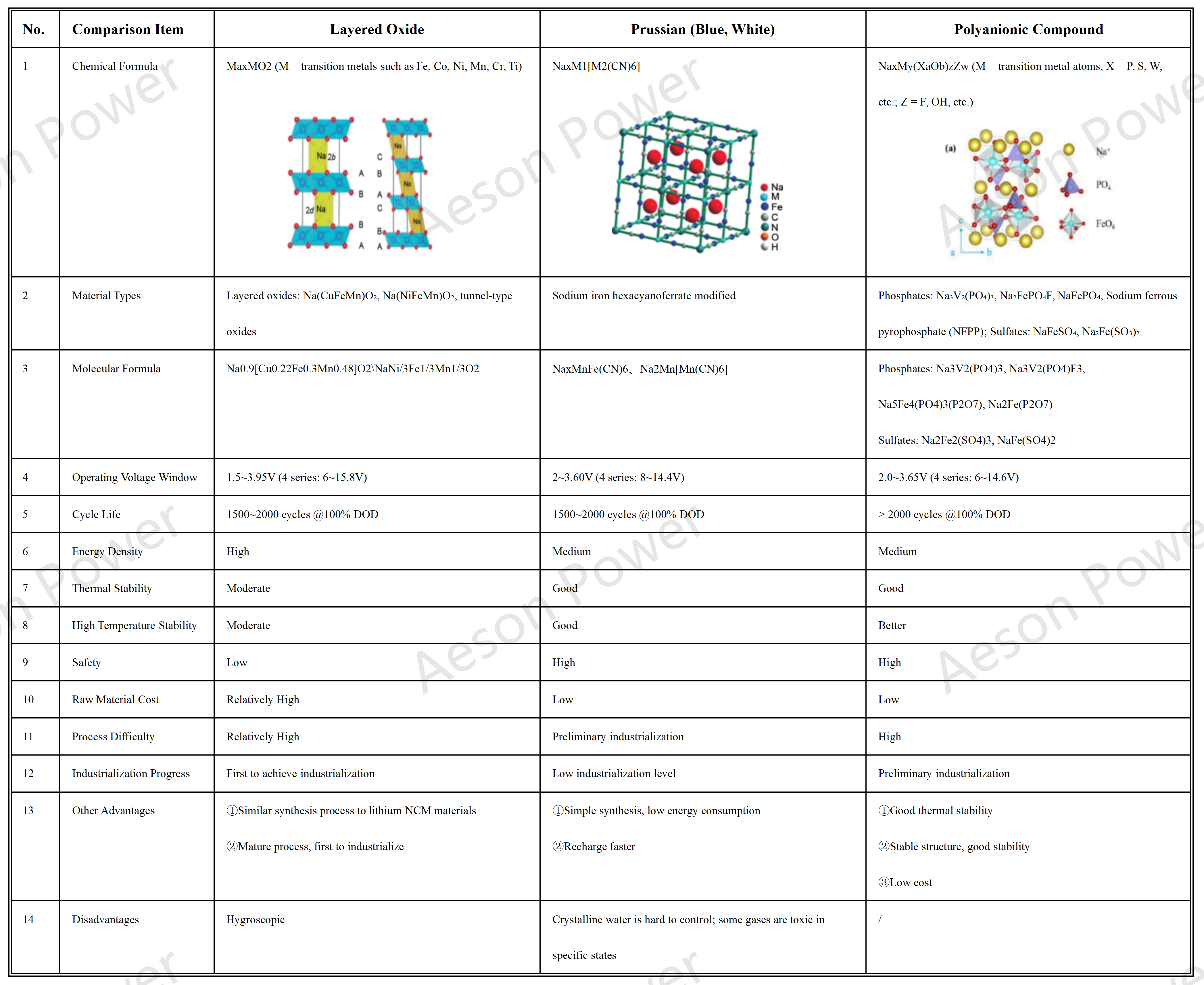
Aeson Power’s Polyanion Technology Path and Its Advantages
Among the three mainstream sodium-ion battery technology paths, Aeson Power has conducted in-depth research on each over the past two years. After understanding their characteristics, we ultimately chose the polyanion technology route as the core research and development direction. Why did we choose this path? The following points may provide the answer.
1. High Stability, Extending Battery Life
One of the biggest advantages of polyanion materials is their extremely high structural stability. During charge and discharge cycles, the structure of polyanion materials can effectively withstand the stresses caused by ion insertion and extraction, preventing material expansion and collapse. This significantly extends the battery’s lifespan.
2. High Rate Performance & Fast Charging: Meeting High Power Demand Applications
Polyanion sodium-ion batteries possess low internal resistance and high ionic conductivity, giving them an edge in high-power applications. Whether for power tools, electric vehicles, internal combustion engine start-stop systems, or other devices requiring rapid charge and discharge, the performance of polyanion technology stands out as the best.
3. Good Safety
Safety is a major concern for sodium-ion batteries. As mentioned earlier, polyanion materials excel in thermal stability, meaning they can effectively avoid thermal runaway under extreme conditions such as high temperatures and overcharging at high voltages, ensuring safety. This broadens their adaptability, making them suitable not only for consumer electronics like home energy storage and portable power sources but also for applications in high-safety-demand sectors such as automobile start systems, data centers, electric vehicles, and industrial-commercial energy storage.
4. Low Cost and Abundant Resources
Another notable advantage of polyanion materials is their lower production costs. Raw materials such as sodium and phosphorus are abundant and inexpensive, making the production costs of sodium batteries significantly lower than those of layered oxide batteries that use precious metals such as cobalt and nickel. These materials are widely sourced, which not only helps lower raw material procurement costs but also makes sodium batteries more sustainable when resources are scarce.
5. Environmental Friendliness: Reducing Environmental Burden
Compared to traditional lithium-ion batteries, sodium batteries have a lower environmental burden. The use of sodium, phosphorus, and other materials in polyanion technology is more environmentally friendly, with less pollution during production and recycling processes. This environmentally friendly technology route for sodium batteries aligns with the sustainable development trends in the future market.
Application Prospects of Polyanion Technology
In recent years, polyanion sodium batteries have gradually demonstrated their unique advantages across multiple fields, with their application range continually expanding, particularly in power tools, vehicle start systems, electric vehicles, and home energy storage systems. In the fields of power tools, vehicle start systems, and electric vehicles, polyanion sodium batteries, with their high discharge rate performance and fast charge/discharge capabilities, fully meet the demands of high-power and high-efficiency applications. Especially in automotive start systems, sodium batteries, with their outstanding safety and long lifespan, have become a strong competitor for next-generation technologies. Meanwhile, with the increasing adoption of renewable energy, the demand for home energy storage systems is rising. Sodium batteries, due to their low cost, abundant resources, and excellent stability, have become a promising alternative in the home energy storage market, effectively addressing the shortcomings of existing lithium-based products.
In data centers and industrial energy storage systems, sodium batteries, with their excellent thermal stability, safety, and good cycle performance, have become an ideal solution for meeting energy needs in high-temperature environments. Compared to lithium batteries, sodium batteries offer superior thermal stability and safety, effectively reducing the risk of safety incidents caused by extreme conditions such as high temperatures. This gives sodium batteries a clear competitive advantage in applications with high safety requirements.
Aeson Power will continue to increase its investment in the research and development of sodium battery technology, promoting its widespread application in more high-performance and high-safety scenarios to meet the growing global energy demands of the future.



